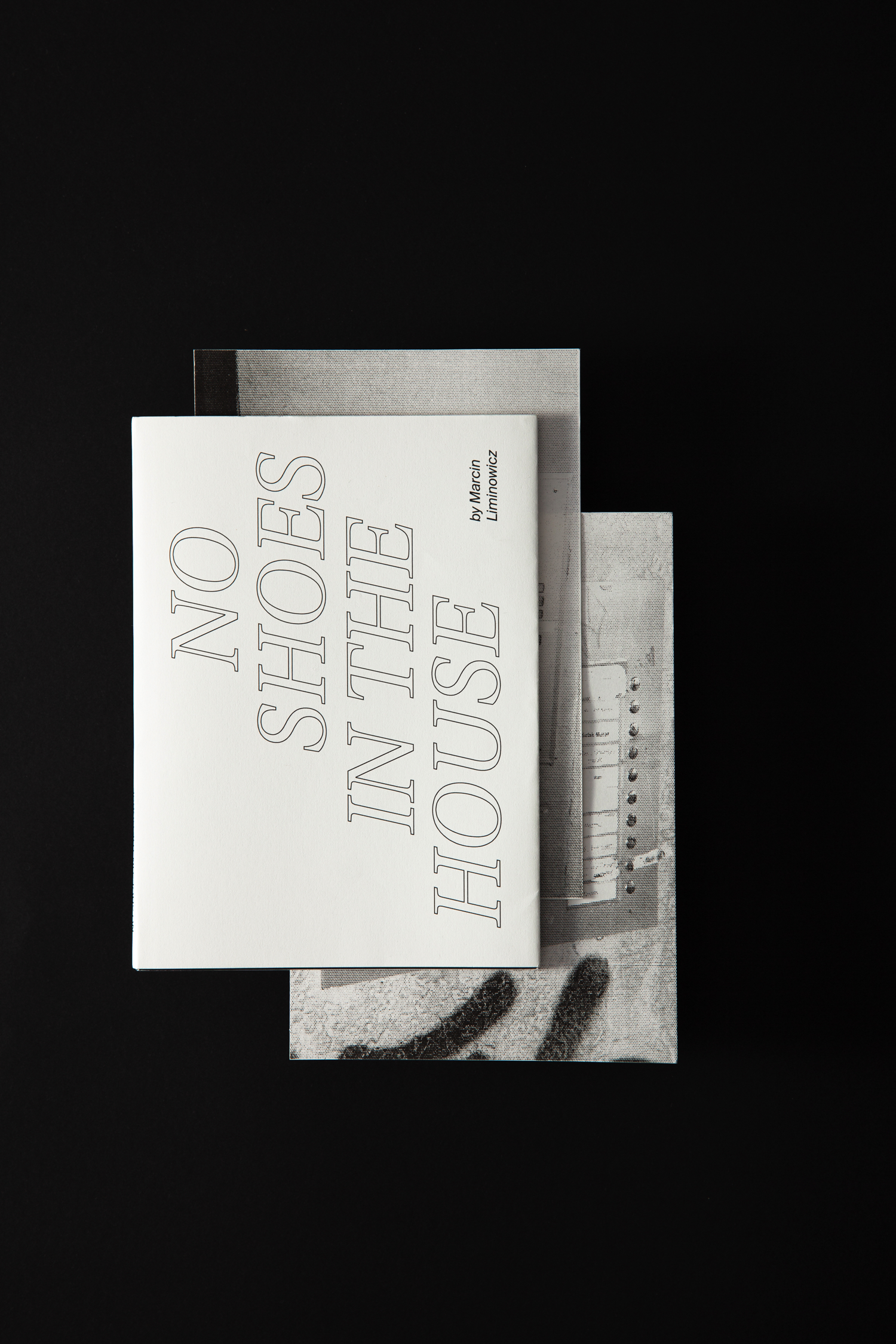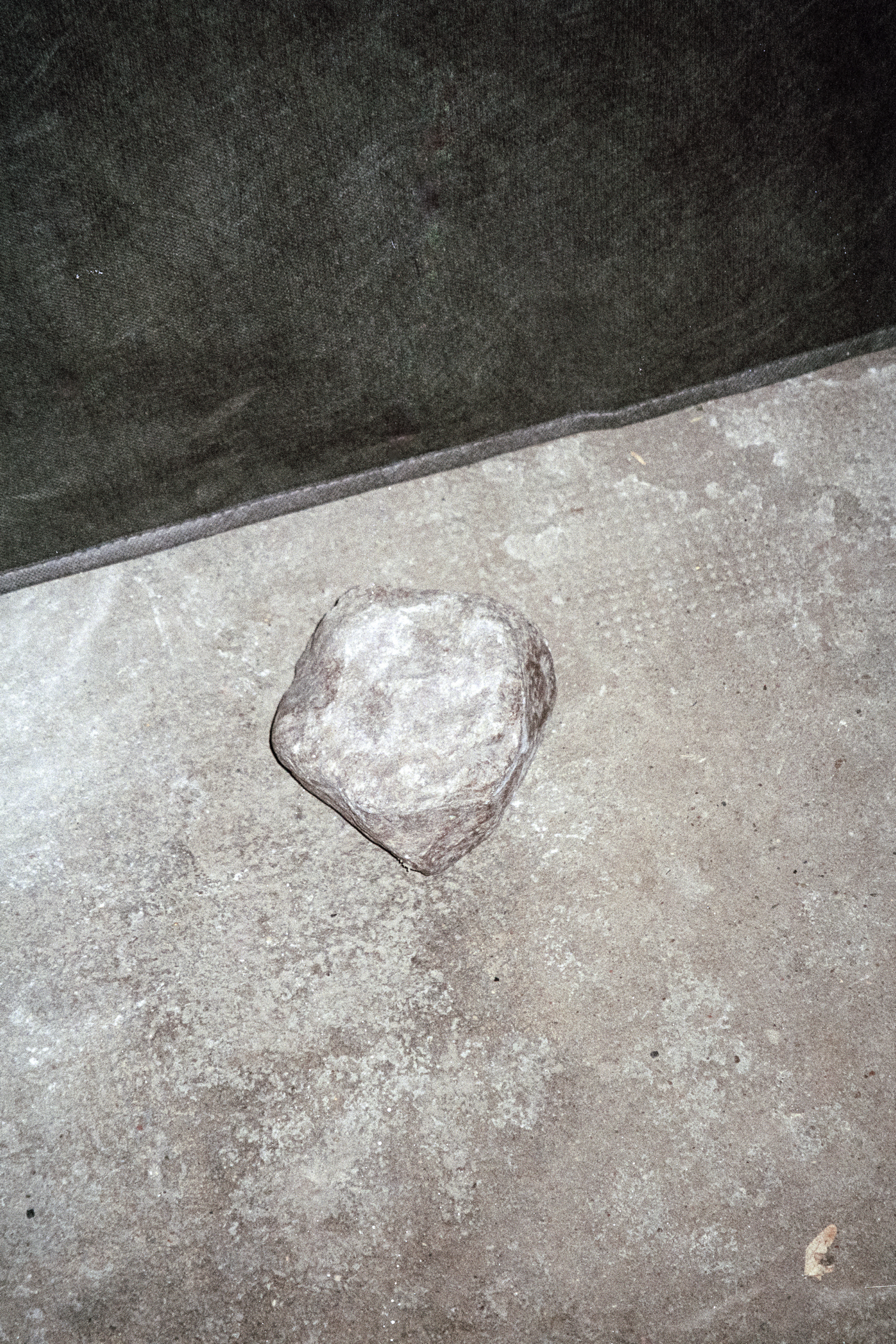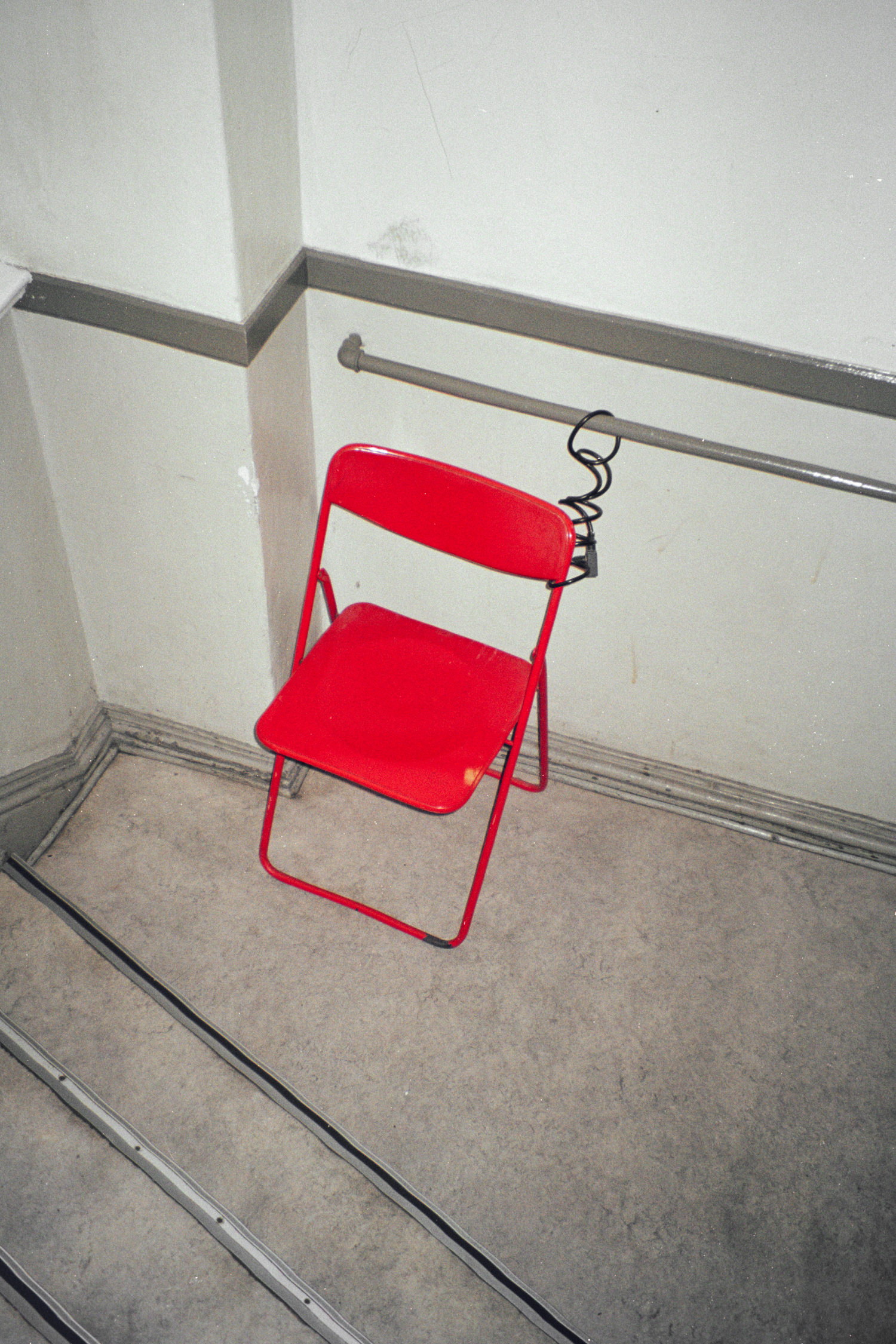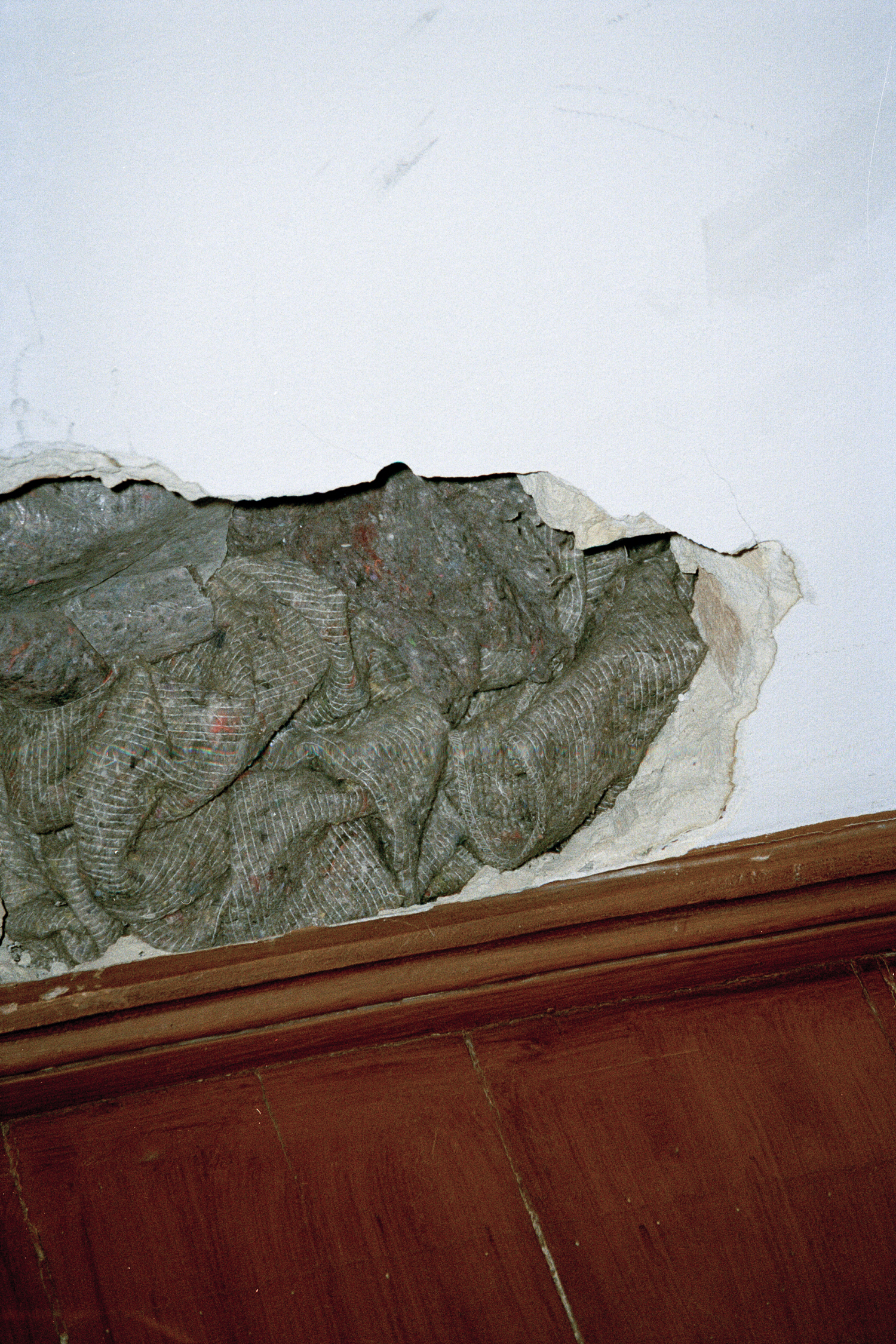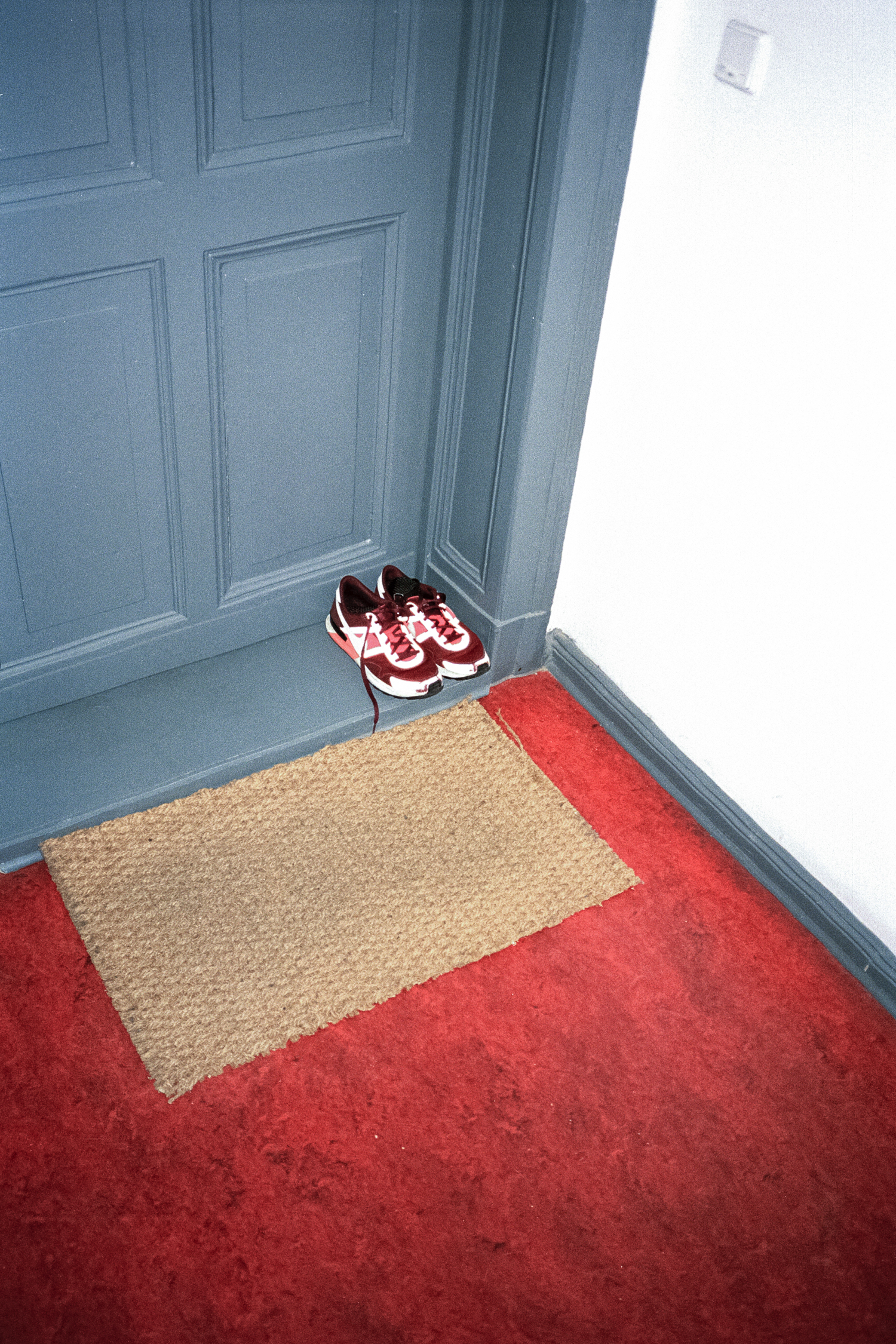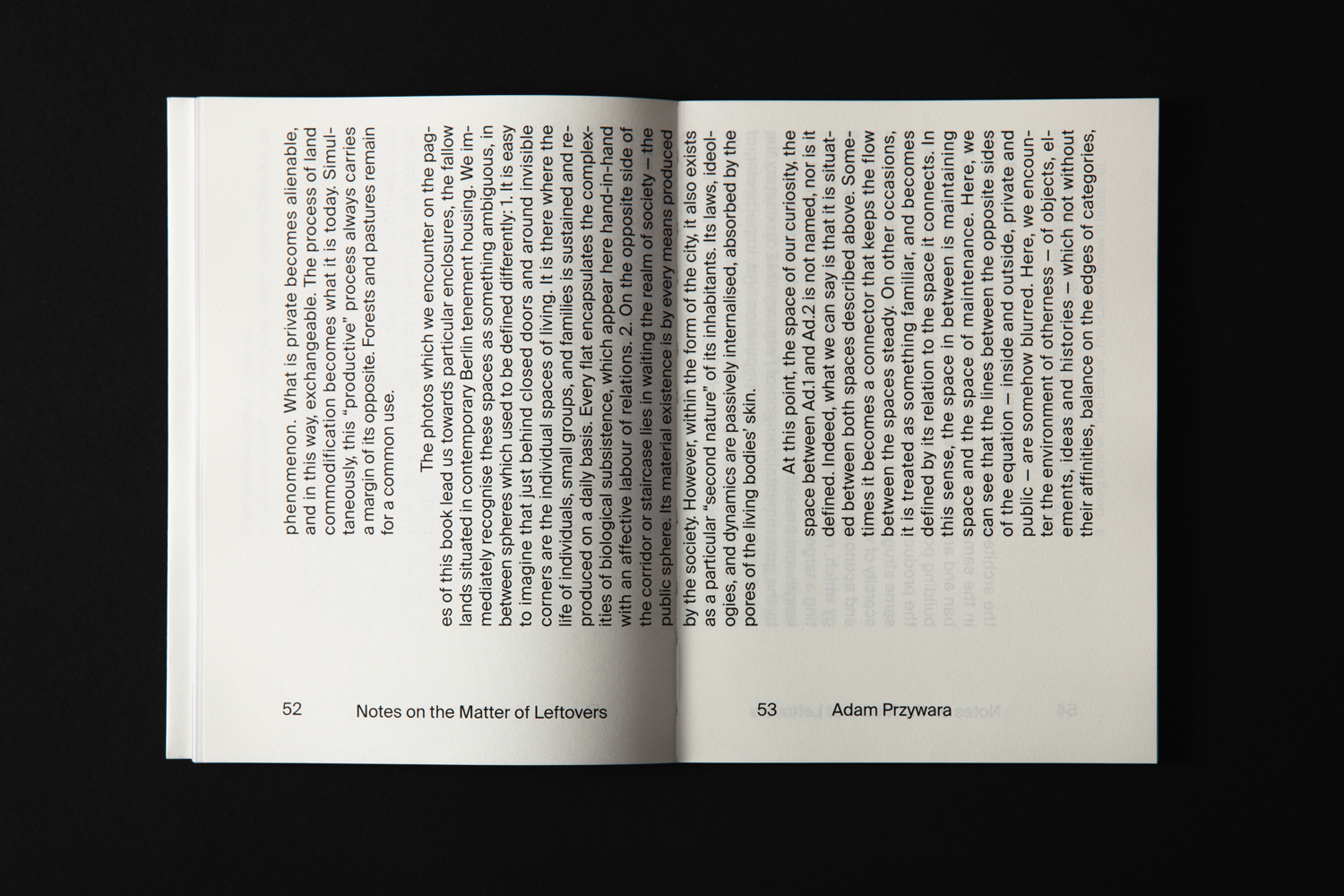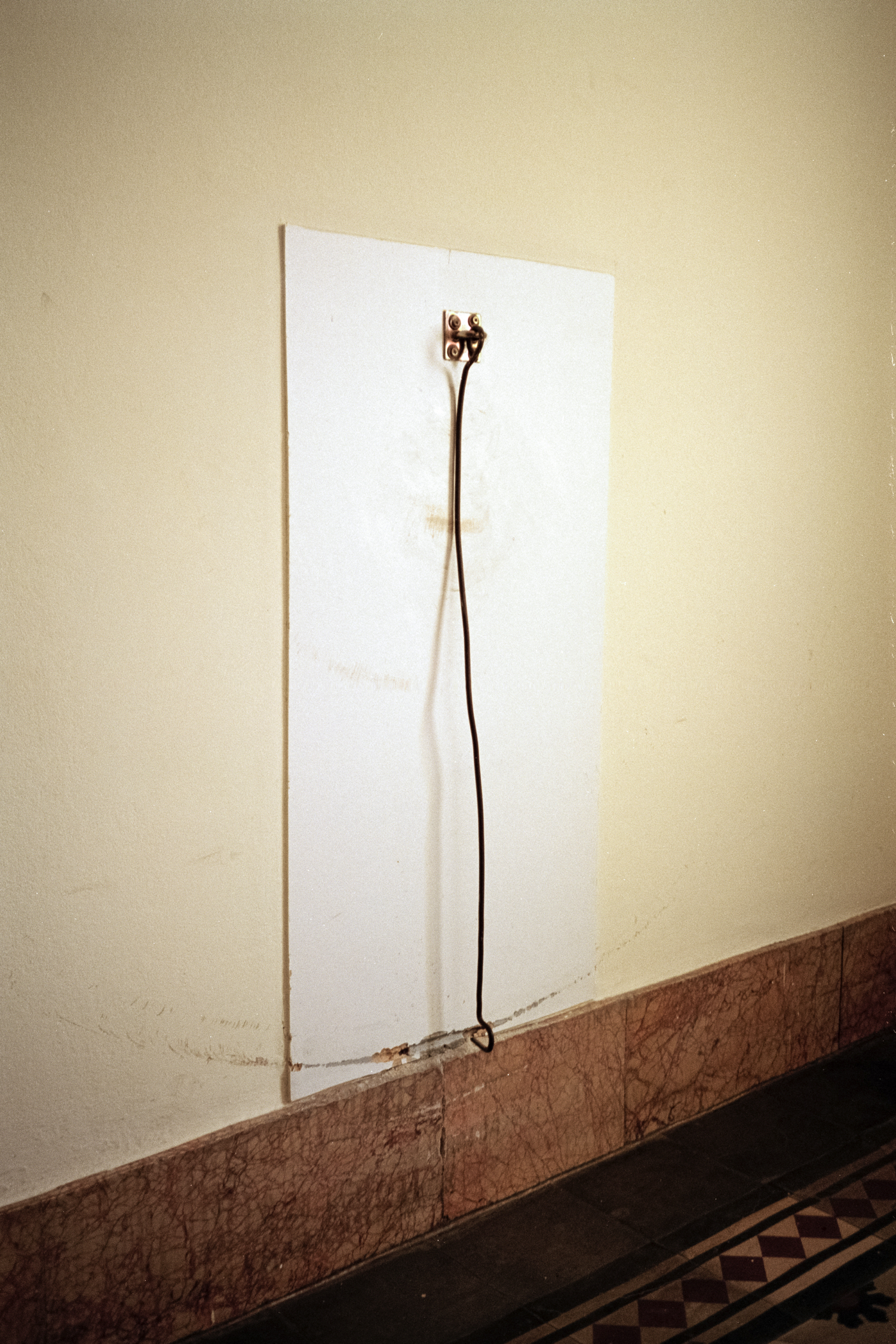How did your interest in photography as media of choice start?
Iʼve started calling myself a photographer quite recently, around two years ago. My first attempt to image making was through cinematography and film directing but I never got the feeling for scriptwriting. After some frustrations in the film industry where every step of the process is dependent on so many factors, I realized that I can convey the same message, the same story using photography. So I did a little step back and started to work more independently using still images. It gave me more freedom and let me go out of the production system. But again it is a slow process of learning. Even if the medium is similar the language of photography is very different. It allows you to do things that wouldnʼt be understandable in a film sequence but you have to be more precise in every single frame and with your initial concept. I think in photography is even more important how frames are related to one another. Also what kind of story emerges in between but I also like spontaneous and democratic nature of this medium.
Why do you think it is important to exhibit your photography in a book like you did? And what does it mean to you?
In a photo school in Opava we are told to be patient with a book project and donʼt rush. First question is always if the body of work is ready. And later – what is the best way to present this body of work. Various photographic projects work very differently in a book format and in the exhibition space for example. In this case, series and concept came after I collected images so the editing process was almost as important as taking pictures.
The book project was the natural consequence of image collection. Also the size of images in the book is as I want people to see them. They donʼt work as a large prints for instance. As it is my first book Iʼve learned a lot through this process and already know what I would do differently. It is a fact that there is a kind of a trend to produce photo books and zines and printed matter is giving people a breath from digital world of images. At the same time market is oversaturated so you really have to know why you want to make a book. In this case learning process was a big part of my decision. I also financed it with the scholarship so it was easier to make this step. Bookmaking is not cheap.
I started to photograph objects and „traces” of passing time on Berlin staircases when I was working on a bike in a food delivery company. I got an access to the space which remained closed for most of pedestrians. This space also became my main and only destination though I was not crossing people doors. This was the initial idea for „No shoes in the house”.
What brought you to Berlin? Why did you choose it instead of your hometown Warsaw?
It was kind of a harsh episode in my life when I moved from Warsaw to Lozanne to study film directing which I quit very quickly. After that I moved to Berlin where my girlfriend was working at this time. It took few months after I found myself in the new place. Sometimes I come back to this decision and ask myself how would it be if I stayed in Switzerland for my MA. But without this experience probably I wouldnʼt discover photography for myself.
„No shoes in the house”. How does the title go together with your photography and your own mindset?
I wanted to have a strong title but at the same time ambiguous which can refer to the pictures and bring some additional meaning. It is a matter of culture and sometimes depends on the family whether guests can wear shoes or not after crossing the door. Sort of a social rule that you have to follow. In the photos I am looking at staircase as a space between private and public. „No shoes in the house” refers to this transitional moment. It also brings up the feeling of uncertainty when you wonder whether you can stay in the shoes or not.
Your book is supplemented with an essay “Notes on the Matter of Leftovers” by Adam Przywara on inhabiting in post-war Berlin. Why do you think itʼs important to speak of this topic in 2018?
What was interesting during delivery work – the name on the intercom usually did not coincide with the resident. A staircase became an excuse to talk about wider social and spacial case – a flow of people in a big city like Berlin. Together with the designer Pola Salicka we invited our friend, writer and architecture critic – Adam Przywara. We wanted to explore the idea of leftovers in the context of Berlin tenement housing. His previous research focuses on postwar rubble in the capital of Poland, Warsaw but he was studying Berlin example as well. The essay complements photographs but they can also be approached separately and this is exactly how we wanted to work with the text – not only as a description/background for pictures. In my opinion the subject is very relevant when we see how rent fees are going up all over the world and people are pushed to move out from their districts. Inside of the book you can find few loose pages – risograph printed buzzers that move between pages. Sometimes they disturb in reading so you have to move them somewhere else. Leftovers inside of the book.
What are your next artistic goals?
In the end of the year I am finishing my residency in Fabrica Communication Research Centre in Treviso. I will stay in Italy a little bit longer and look for commissions and other residencies. My wish is to develop my photographic language and focus more on editorial and publishing area. At the same time together with a collective/communal garden from Warsaw, Poland we are working on a first issue of krzak papier magazine that we will launch in January 2019. We just closed an open call for projects and texts reflecting in the subject of „WASTE” . Our aim is to explore the meaning of waste from various perspectives. We have quite a few very interesting contributions and I am really looking forward for the final outcome.

Do you want to see more articles like this?





